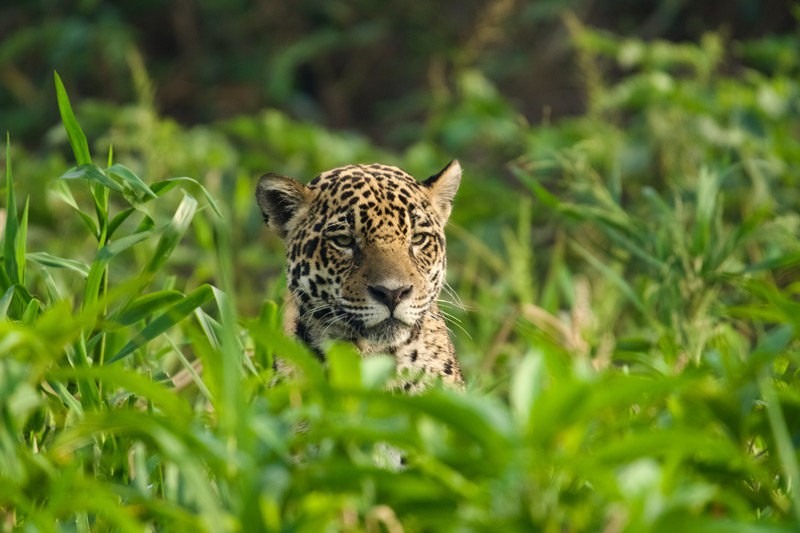The Holbrook Explorer

Photo of the Month: April 2025
Photo of the Month: April 2025
Above: The Jabiru (Jabiru mycteria) is a massive stork with a prehistoric appearance. It has a huge black bill and a featherless black neck with a large red patch at the base. In fact, Jabiru means “swollen neck” in the Tupí-Guaraní language. They forage in shallow water, energetically splashing the bill about to flush all types of aquatic prey, including young caimans, snakes, crabs, frogs, insects, and fish. Habitat conversion and climate change threaten wetlands that are critical to the survival of these storks. Fortunately, the Brazilian Pantanal is a stronghold for Jabirus.
We spotted this Jabiru while slowly cruising secluded backwaters in the Pantanal looking for wildlife. It allowed our small boat to approach closely for a good look. Being avid birders, this was one the highlights of our trip.
Below: Our Holbrook Travel guides were amazingly skilled and diligent searching the thick vegetation along the river banks in their pursuit of jaguars in Brazil’s Pantanal. Often the first indication that a jaguar might be lurking was the subtle movement of tall river grasses. The less experienced might easily dismiss such disturbance as the wind blowing the grass. This jaguar was completely hidden, but the guide told us where to look and to be alert. As a result, the camera was ready when this big cat popped its head up to scan for its favorite prey, caiman.


Photos and story by Debbie and Russ Metler
Brazil's Pantanal | A Holbrook Travel 50th Anniversary Trip
